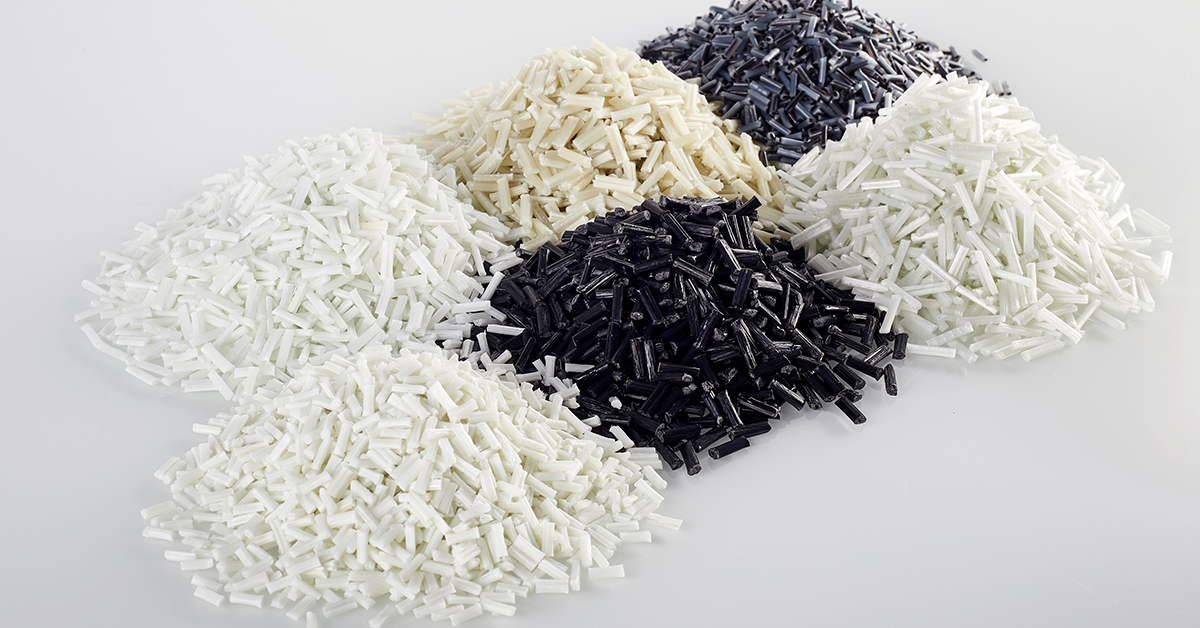nuovo blog

La struttura molecolare del PPS è costituita da un anello benzenico e atomi di zolfo disposti in modo interordinato, la configurazione è ordinata, facile da formare un'elevata stabilità termica della struttura cristallina. Allo stesso tempo, la struttura molecolare del materiale PPS ha caratteristiche di legame chimico altamente stabili, la struttura dell'anello benzenico rende il PPS più rigido e il legame etere di zolfo (-S-) fornisce un certo grado di flessibilità.
Il PPS stesso ha una buona resistenza al calore, ritardante di fiamma e resistenza chimica, dovrebbe essere un materiale promettente, ma ci sono alcuni problemi nel PPS puro:
Il PPS non modificato presenta alcuni difetti inevitabili:
Lavorazione difficile: questo è il più grande punto dolente di tutti i materiali resistenti alle alte temperature: l'elevata temperatura di lavorazione, indipendentemente dal processo di stampaggio o dal consumo di energia di lavorazione, dovrà affrontare grandi sfide. Inoltre, il PPS è ancora soggetto a reticolazione mediante ossidazione termica nel processo di fusione, con conseguente riduzione della fluidità e miglioramento ulteriore della difficoltà di lavorazione;
Scarsa tenacità: la catena molecolare del PPS è rigida, la cristallinità massima arriva al 70%, l'allungamento è basso e la resistenza della saldatura non è così buona. Di conseguenza, la resistenza all'impatto del PPS non modificato è scarsa, il che limita l'ambito di applicazione.
Costi elevati: confronto tra materie prime PPS e tecnopolimeri generali, il prezzo è circa 1-2 volte superiore e alcuni materiali modificati rispetto a prestazioni a basso costo;
Rivestimento difficile: resistenza chimica, anche la resistenza media è un'arma a doppio taglio, il rivestimento superficiale in PPS e le prestazioni di colorazione non sono ideali. Sebbene questo non sia un grosso problema per ora, è un fattore limitante.
Il PPS non modificato è difficile da applicare, quindi se deve essere modificato, quale direzione dovrebbe essere cambiata?
Negli ultimi anni, con la popolarità del 5G e dei veicoli elettrici, l'applicazione del PPS modificato è in costante espansione, come supporto della batteria, piastra di copertura, diaframma della batteria al litio, apparecchiature di comunicazione 5G, terminale intelligente e così via.
Rafforzare e indurire
PPS attualmente principalmente attraverso il riempimento di fibre e leghe in due modi per migliorare le proprietà meccaniche.
Oltre al comune rinforzo in fibra di vetro, anche la fibra di carbonio, la fibra aramidica e altri riempitivi stanno gradualmente diventando sistemi di modifica popolari.
Bassa modificazione dielettrica
Per migliorare le proprietà dielettriche dei materiali, attualmente viene generalmente utilizzato il metodo della miscelazione delle leghe. Ad esempio, PPS/LCP, secondo la ricerca, il sistema di lega può essere a 1 MHz, la costante dielettrica ottimale fino a 2,5.
Oltre alle leghe, uno dei metodi possibili è il riempitivo a basso dielettrico. Anche i riempitivi come le perle di vetro cave e la fibra di vetro a basso dielettrico possono ridurre efficacemente la costante dielettrica dei compositi PPS.
Secondo la ricerca, lo stampaggio per estrusione può ridurre la costante dielettrica al di sotto di 3 e le prestazioni elettriche sono stabili tra 40 e 120°C. Inoltre, la resistenza e le proprietà dielettriche dei compositi possono essere ulteriormente migliorate mediante il trattamento di accoppiamento superficiale.
Modifica della conduttività termica
Negli scenari applicativi delle batterie di alimentazione per veicoli a nuova energia o dell'alta frequenza 5G, non solo è richiesta una buona resistenza al calore dei materiali, ma vengono proposti anche determinati requisiti per la conduzione del calore. Tuttavia, la conduttività termica del PPS stesso è scarsa, generalmente inferiore a 0,5 W/(m·K).
Attualmente, l'uso principale del metallo e del riempitivo inorganico è bidirezionale. Il riempitivo metallico può migliorare la conduttività termica, ma anche ridurre le prestazioni di isolamento.
Cariche inorganiche, inclusi ossidi, nitruri, materiali di carbonio, ecc. PPS/ossido di magnesio è la scelta principale, che può aumentare la conduttività termica del materiale a 1,61 W/(m·K);
Il nitruro è più complesso nella preparazione e nella tecnologia, ma ha anche una maggiore conduttività termica. La conduttività termica del composito di nitruro di boro al 40% può raggiungere 4,15 W/(m·K).
Grafene, CNT e altri materiali in carbonio sono anche la scelta per la modifica della conducibilità termica del PPS. È possibile ottenere un buon equilibrio tra la quantità aggiunta e la conduttività termica. Ad esempio, la conduttività termica del composito può raggiungere 4,414 W/(m·K) con una frazione volumetrica pari al 29,3% di grafene.
Modifica della membrana composita
Per il mercato dei diaframmi delle batterie al litio, viene applicato anche il PPS.
In precedenza, il materiale del diaframma comunemente utilizzato era la poliolefina, ma l'infiltrazione dell'elettrolita e la stabilità termica dei materiali poliolefinici erano relativamente scadenti ed era facile produrre ritiro e fusione ad alta temperatura.
La resistenza chimica e la resistenza al calore del materiale PPShanno anche qualche potenziale di modifica. Al momento, il metodo principale è rivestire la superficie del diaframma in PPS per preparare il diaframma composito.
Questo metodo è stato gradualmente applicato dalla ricerca accademica all'industria. Come materiale di base viene utilizzato il tessuto non tessuto PPS e come materiale di rivestimento il PVS. Dopo il rivestimento fisico, l'essiccazione e il trattamento di pressatura a caldo, viene preparato il diaframma composito della batteria al litio non tessuto PVS/PPS.
Rispetto alle tradizionali membrane poliolefiniche, il PVS/PPS può garantire una migliore bagnabilità, pur aumentando lo spessore, e la capacità di scarico specifica è superiore a quella delle membrane poliolefiniche.

Esperti tecnici online 24 ore su 24 per fornirti assistenza.